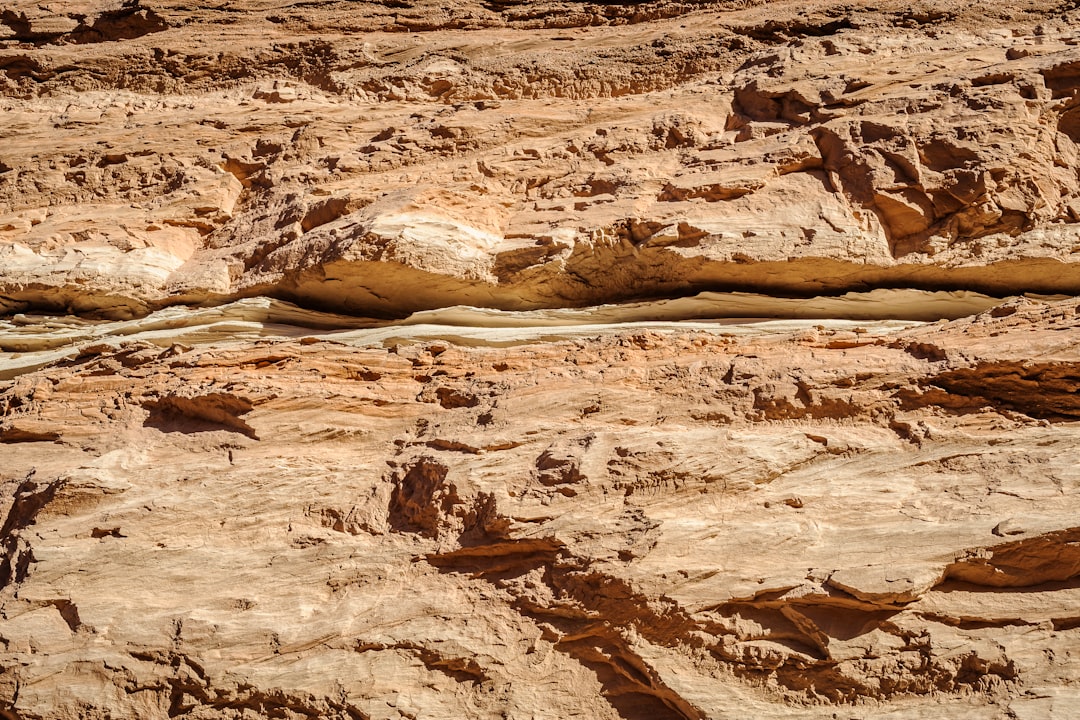Soil erosion is one of the most pressing environmental challenges globally, affecting food security, water quality, and biodiversity. As fertile topsoil is washed or blown away, agriculture, ecosystems, and human settlements suffer significant consequences. Understanding what causes soil erosion, its impacts, and how we can prevent it is crucial for maintaining healthy landscapes and sustainable food production.
Let’s explore the causes of soil erosion, its devastating effects, and the most effective global strategies for soil conservation.
What is Soil Erosion?
Soil erosion is the removal of the top layer of soil by wind, water, or human activity. This layer is rich in organic matter and nutrients, making it essential for plant growth. When soil erodes faster than it can regenerate, the land becomes less fertile, more prone to drought, and unable to support life.
Causes of Soil Erosion
Several factors contribute to soil erosion, both natural and human-induced.
1. Water Erosion 💧
-
Rainfall & Surface Runoff: Heavy rains dislodge soil particles and wash them away.
-
Rivers & Streams: Flowing water cuts into riverbanks, causing landslides and sediment loss.
-
Deforestation: Without trees to absorb water, rain washes soil downhill, increasing erosion.
2. Wind Erosion 🌬️
-
Occurs in dry, bare, or sandy soils where strong winds lift soil particles into the air.
-
Common in deserts, overgrazed lands, and areas affected by drought or deforestation.
3. Agricultural Practices 🚜
-
Over-tilling and monocropping disturb soil structure and make it loose.
-
Overgrazing by livestock removes vegetation cover, exposing soil to erosion.
-
Excessive use of chemical fertilizers and pesticides kills beneficial microbes that help hold soil together.
4. Urbanization & Infrastructure Development 🏗️
-
Construction activities remove vegetation, exposing soil to wind and water erosion.
-
Paved roads and buildings prevent water infiltration, increasing runoff and erosion.
5. Climate Change 🌍
-
Rising temperatures and erratic weather patterns increase droughts, heavy rains, and storms, worsening soil erosion.
Impacts of Soil Erosion
Soil erosion affects the environment, agriculture, and communities worldwide.
1. Loss of Fertile Land 🌱
-
Topsoil, rich in nutrients and organic matter, is essential for crops.
-
When eroded, soil loses fertility, leading to lower crop yields and food shortages.
2. Water Pollution & Sedimentation 💧
-
Eroded soil enters rivers, lakes, and oceans, causing sediment buildup.
-
Fertilizer runoff pollutes water sources, leading to harmful algal blooms.
3. Desertification & Land Degradation 🏜️
-
In severe cases, erosion turns fertile land into deserts (e.g., parts of the Sahel in Africa).
-
Poor land management accelerates desertification, reducing arable land for farming.
4. Increased Flooding & Landslides 🌊
-
Without soil to absorb rainfall, floodwaters move faster, causing more destruction.
-
Landslides occur when unstable soil masses collapse, damaging infrastructure and homes.
5. Economic & Social Consequences 💰
-
Farmers suffer lower yields, income loss, and food insecurity.
-
Communities dependent on agriculture face displacement and migration.
Global Strategies to Prevent Soil Erosion
Preventing soil erosion requires a combination of traditional and modern conservation practices.
1. Reforestation & Agroforestry 🌳
-
Planting trees and shrubs stabilizes soil and slows down wind and water erosion.
-
Agroforestry integrates crops with trees, improving biodiversity and soil health.
2. Cover Crops & Crop Rotation 🌾
-
Cover crops like clover and legumes protect soil during off-seasons.
-
Rotating crops prevents nutrient depletion and enhances soil structure.
3. No-Till & Reduced-Till Farming 🚜
-
Avoiding excessive tilling keeps soil structure intact and reduces erosion.
-
Direct seeding reduces disturbance and improves water retention.
4. Terracing & Contour Plowing 🏞️
-
Terracing (step-like fields) slows water runoff on hillsides.
-
Contour plowing (planting along natural land contours) prevents water from washing soil downhill.
5. Windbreaks & Shelterbelts 🌬️
-
Rows of trees or hedges reduce wind speed, preventing soil from blowing away.
-
Used widely in dry, windy regions like the Great Plains and China’s Loess Plateau.
6. Mulching & Organic Matter Addition 🍂
-
Adding compost, straw, or wood chips protects soil from erosion and improves fertility.
-
Mulch retains moisture, prevents crusting, and encourages microbial life.
7. Sustainable Grazing Practices 🐄
-
Rotational grazing allows pastures to recover, preventing overgrazing and soil loss.
-
Providing alternative feed sources reduces pressure on natural grasslands.
8. Water Management Strategies 💦
-
Rainwater harvesting reduces runoff and promotes infiltration.
-
Constructing swales and retention basins slows down water flow.
9. Policy & Community Action 📜
-
Governments must enforce land-use policies that promote sustainable farming.
-
Educating farmers and communities on soil conservation techniques is crucial.
Successful Soil Conservation Efforts Around the World
🌍 China's Loess Plateau Restoration – Once severely eroded, this area has been restored using terracing, reforestation, and sustainable farming, leading to higher crop yields and improved livelihoods.
🌱 The Great Green Wall (Africa) – A massive tree-planting initiative across the Sahel region, designed to combat desertification and soil erosion.
🇺🇸 U.S. Conservation Reserve Program – Pays farmers to convert erodible land into vegetative cover, reducing erosion and improving biodiversity.
Final Thoughts: Protecting Soil for Future Generations
Soil erosion is a global challenge, but solutions exist to protect and restore our lands. By adopting sustainable practices, we can preserve fertile soil, ensure food security, and combat climate change.
🌱 Take action today! Plant cover crops, reduce soil disturbance, and support conservation initiatives in your community. 🌍✨
Healthy soil = A healthy planet. 🌎💚
What soil conservation methods have you tried? Share your experiences in the comments! ⬇️

Comments
No comments yet. Be the first to comment!
You must be logged in to comment. Login